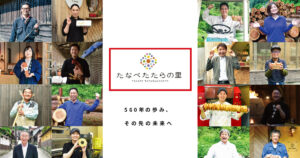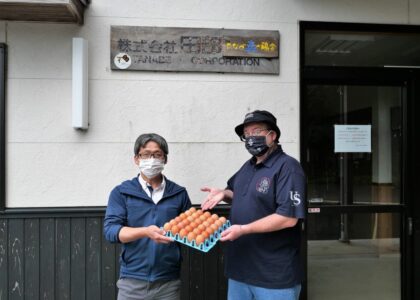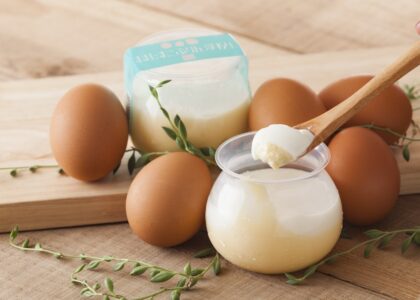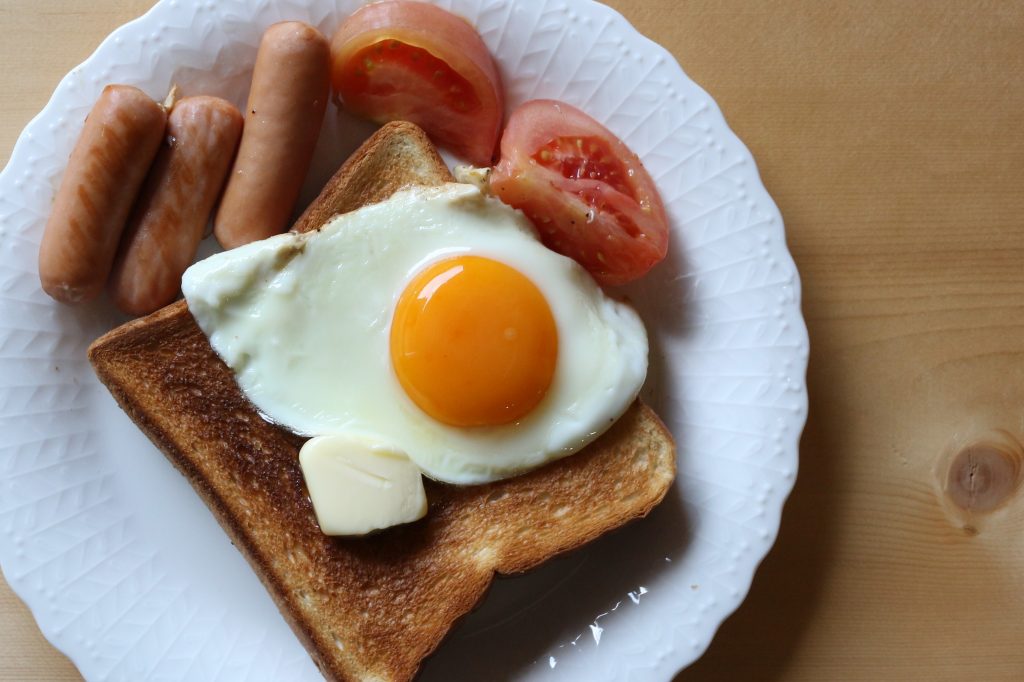
“How do you like your eggs?”
If you’ve ever been to a diner in the US and ordered eggs for breakfast, there’s a pretty good chance that you’ve been asked this question. There are a lot of ways to cook eggs, and everyone has their own personal preference. Soft- or hard-boiled. Over-easy or poached. The ever-trustworthy scrambled. I’m a pretty big fan of eggs, and I enjoy cooking a couple for a weekend brunch every once in a while.
But today, I want to talk about sunny-side-up eggs. Eggs cooked on just one side so that the yolk is still runny, and it looks like a yellow sun on a white background. Hence the name. But just the other day I was talking with a friend about this topic, and he said that the name “sunny-side-up” probably wouldn’t work in Japan. Why? Well, it’s because the sun isn’t yellow.
Wait, what?
I was surprised the first time I heard this, too. The sun’s yellow…isn’t it?
Wellllll….not really in Japan. Just look at the national flag. That big red circle in the center? That’s the hinomaru, the sun. When kids draw pictures of the sun in Japan, they color it red. So I understand the idea, but it took me a long time to understand the reality. I mean, kids in the US usually color the sun yellow. I know I did. That’s just what the sun’s color is to me: yellow.
At least I felt that way until I saw one of the famed sunsets on Lake Shinji. I hadn’t seen one while I was an exchange student at Shimane University, and in the two years since I had come back to work in Shimane. Then, in 2003, when my parents were visiting Japan for the first time, we were driving near Lake Shinji on a clear evening, and there it was. An absolutely beautiful sunset on the lake. And that was a VERY red sun. And suddenly, the idea of the sun being red made sense.
Here I want to go back to the original topic of the eggs, and sunny-side-up eggs in particular. If the sun is red to you, you’re probably not going to call a fried egg “sunny-side-up”. But the Japanese term for the same style of egg is also very interesting: medama-yaki. I’m not sure I really ever want to think about the origin of this term. Why? Well, literally translated, it means…
Fried eyeball.
Uhhh, yum?
ドクター・エッグスのコメント:
この文章は隣の英文の和訳なので、少し不自然なところや「それ、知っとるわい!」というところはあるかと思いますが、悪しからず。英語の表現はこんな意味だ!とか、異文化の視点から、少し参考になればうれしいです。
「たまごはどんな風にして食べたいかい?」
アメリカの軽飲食店に行って、朝食に卵料理を頼んだことがある人なら、この質問をされた可能性はかなり高い。卵料理は様々、誰もそれなりの好みがある。半熟ゆで卵か方ゆで卵。両面焼き半熟卵か落とし卵(ポーチドエッグ)。期待を裏切らないいり卵(スクランブルエッグ)。私は結構卵料理が好きで、時には週末のブランチに2個のを調理するのも好きだ。
でも今日は、アメリカでいう「サニーサイド・アップ」という卵料理について書きたい。白い背景に黄色い太陽に見えるように、黄身がまだ流れやすい程度で片面だけを焼く。だから「サニーサイド・アップ」という名前がつく。しかし、先日友人とこのテーマについて話していたら、日本ではそういう名前は通用しないんじゃないかと言われた。なぜか?太陽は黄色じゃないからだ。
えっ?何それ?
初めてこのことを聞いたとき、私もかなり驚いた。だって、太陽は黄色…だよね?
えええええっと、日本ではそうでもない。 ほら、国旗を見てごらん。真ん中の大きくて赤い丸?それが「日の丸」、つまり太陽だ。日本で子供が太陽の絵を描く時、赤く塗る。概念としては理解できるが、現実を理解できるにはかなり時間がかかった。だって、アメリカでは子供が太陽を黄色に塗る。私だってそうした。それが私にとって太陽の色だ:黄色。
宍道湖の有名な夕日を見るまではそう考えていた。島根大学の留学生時代には一度も見なかった、そして島根に戻って二年過ぎても宍道湖の夕日を見ていなかった。そして、2003年に父と母が初めて来日していたころ、晴れた夕方に宍道湖沿いを運転していたら、そこで見えた。湖面に移る素晴らしく美しい夕日。そして太陽はとても赤かった。そうするといきなり「太陽が赤い」という概念を理解できた。
ここで最初のテーマの卵料理、特に「サニーサイド・アップ」のたまご料理に話を戻したい。太陽が自分にとって赤かったら、焼いた卵を「サニーサイド・アップ」とは言わないだろう。しかし、日本語での言い方もかなり面白い:「目玉焼き」。この表現の由来をじっくり考えようという気持ちはちょっとなれないかな。なぜ?だって、直訳すれば、その意味は…
焼いた目ん玉。
えええっと、おいしそう?
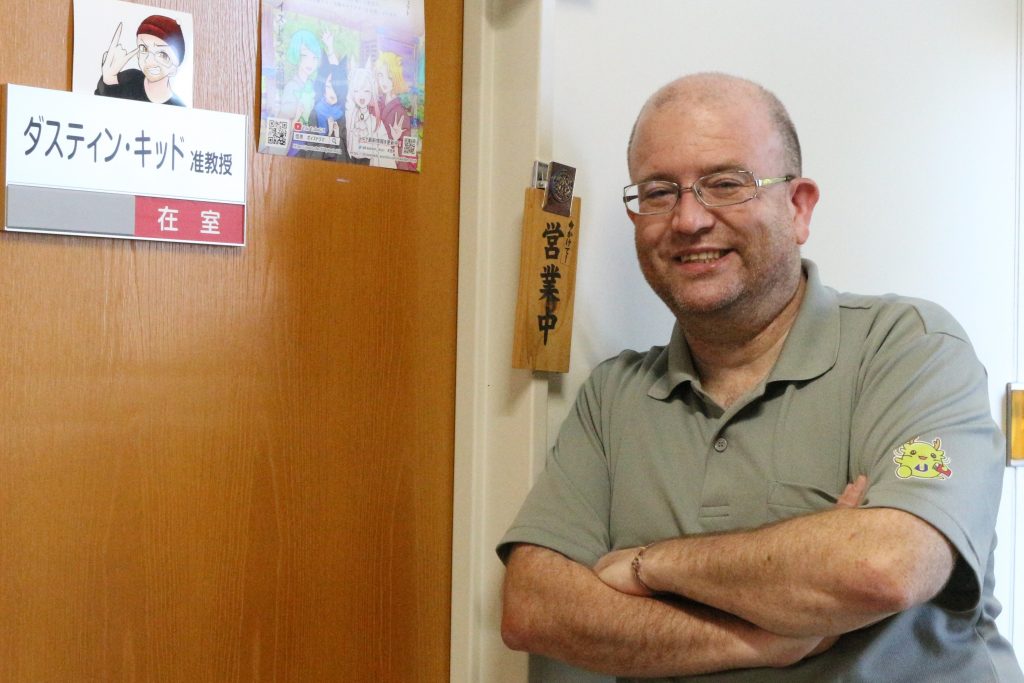
【教えて!Dr.Eggs!キッドさんプロフィール】
Dustin John Kidd(ダスティン ジョン キッド) 44歳
アメリカ合衆国アイダホ州生まれ
島根県立大学短期大学部准教授
<趣味>映画、音楽、読書、旅行、神社仏閣など
松江市の英語版案内パンフレットの編集、古事紀編纂1300年の島根県の事業の一環として英語ホームページ作成、また縁結び観光協会の英語パンフレットの作成など、松江市、出雲地方や島根県の海外発信に携わる。
島根のこだわりの卵のこと、文化のことなどを島根県立大学短期大学部准教授でもあるDustin John Kidd(ダスティン ジョン キッド)さんにコラムを書いていただいています。
【たなべ森の鶏舎】
私たちは鶏さんを“健康に、大切に”育てています。
島根県吉田村の水と食事と平飼いにこだわった有精卵です。
▶鶏さんの情報発信中!!
たなべ森の鶏舎Instagram
おいしい空気・風・光の降りそそぐ森の中で育てられた鶏さんたちの「たまご」販売や
新鮮たまごで作られたバウムクーヘン『ままたまごばうむ』や『ままたまごぷりん』などの
販売をしています。
ご自宅用からギフトまで取り揃えております。
▶ままたまご商品の情報発信中!!
Instagram
Facebook
Twitter
フォローよろしくお願いします!!




